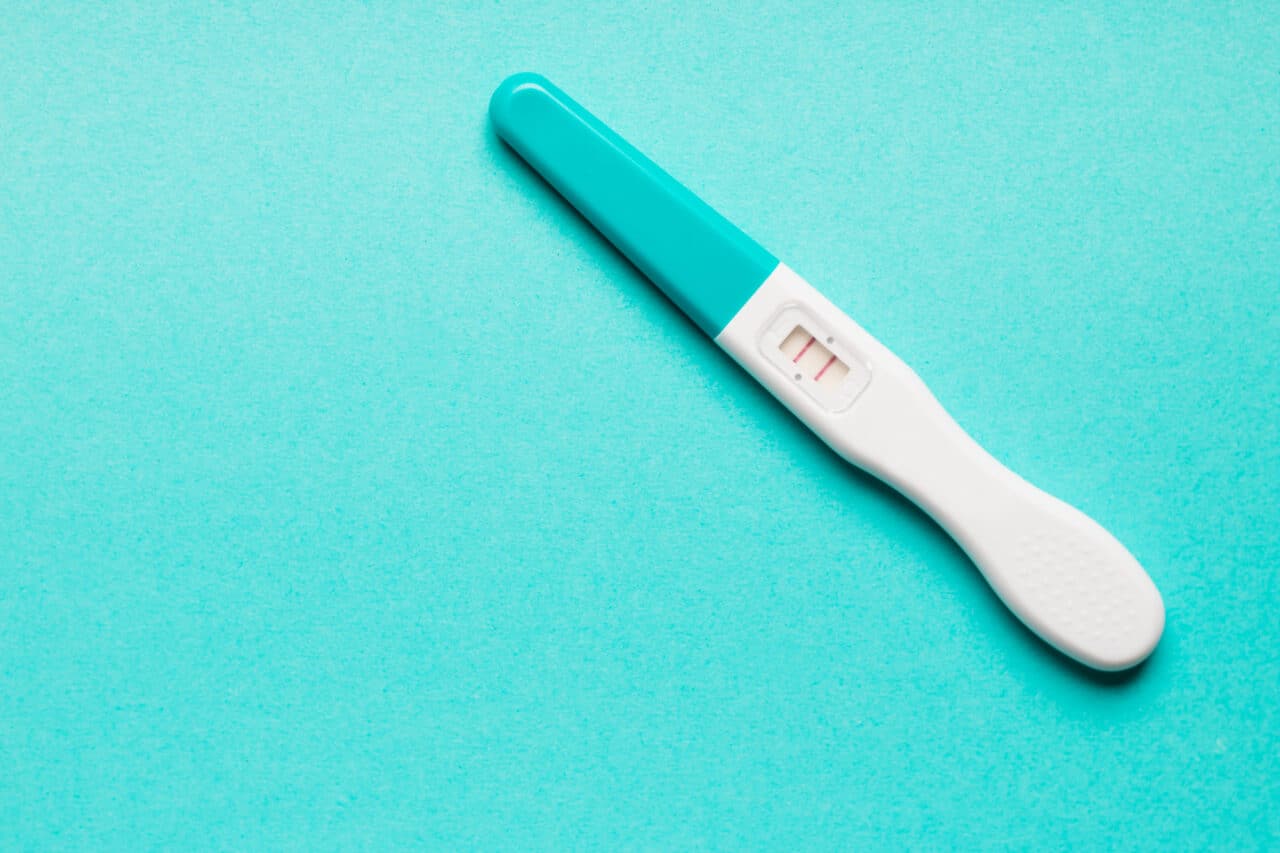OLD SAYBROOK, Conn. and WARWICK, United Kingdom — Fertility Focus, the manufacturers of OvuSense – a leading fertility monitor with class II medical device classification and 510k FDA clearance – will present findings at the American Society for Reproductive Medicine (ASRM) Virtual Scientific Congress & Expo, October 17 – 21, 2020. Building on previous research presented at the ASRM 2019 Annual Meeting[1] and ESHRE 2020[2], the newest findings confirm that continuous Core Body Temperature (cCBT) patterns may help screen for various ovulatory conditions and provide an alert for an elevated risk of miscarriage. The latest research also supports the understanding of cycle pattern characteristics that can highlight potential risk of Gestational Diabetes and Gestational Hypertension prior to conception.
The novel atypical cCBT Patterns published previously [1, 2] – ‘Crash To Baseline’, ‘False Start’, and ‘Crash After Ovulation’ describe how cCBT behaves in unexpected ways in a significant number of women. Temperature has long been known to track the rise and fall in progesterone throughout the reproductive cycle, and these atypical cCBT curves are therefore effectively showing hormonal imbalances. The patterns were confirmed in the updated Total Study Population (TSP) of 20,067 ovulatory cycles from 8,177 OvuSense users recorded between March 2016 and March 2020. The latest research uses a diagnostic odds ratio to link historic diagnoses for OvuSense users to these patterns, and therefore shows how well each pattern can predict a specific ovulatory issue or risk.
Fertility Focus launched OvuSense Pro this summer based on this clinical advance as an extension to OvuSense, providing remote access to enhanced cycle-pattern analysis through an online clinician portal. The OvuSense Pro analysis highlights the novel atypical cycle-patterns and previously published atypical patterns enabling advanced screening for ovulatory issues, such as Polycystic Ovarian Syndrome (PCOS) and Diminished Ovarian Reserve (DOR), along with pregnancy risks. It also confirms specific cycle characteristics such as follicular and luteal phase length, and highlights whether ovulation is absent or confirms that a cycle is normal. Once a course of treatment is decided upon, OvuSense Pro can then be used to remotely monitor the effectiveness of the treatment.
Given that around half of women with Polycystic Ovaries go undiagnosed, and it’s found in 44% of women with unexplained infertility[3], screening methods for potential ovulatory issues could provide significant value to clinicians as they start to engage with couples that are struggling to conceive. A particularly interesting finding of the OvuSense ASRM 2020 research is the high odds ratio for the ‘Crash To Baseline’ pattern with women that have regular cycles but a previous diagnosis of PCOS. Around 30% of women with PCOS have regular cycles, and are therefore less likely to be diagnosed[4].
The poster will be available online for the duration of the event with a specific presentation below.
Poster Number #: P-833
Presentation Information: Tuesday, October 20, 2020 from 4:30 PM – 6:00 PM EDT
Abstract Title: 8408: ATYPICAL CORE BODY TEMPERATURE PATTERNS AND THE WIDER IMPLICATIONS FOR CONDITIONS RELATED TO PREGNANCY, INFERTILITY, AND MISCARRIAGE RISK
Continuous Core Body Temperature (cCBT) monitoring with OvuSense addresses challenges with other home-based tests. Skin-Based Temperature and Basal Body Temperature (BBT) monitoring can only show if ovulation took place in the past. Similarly, urine tests may prove accurate in predicting ovulation for women with regular ovulation, but are not a reliable option for women with DOR or PCOS. Blood progesterone is scientifically reliable but can only confirm if ovulation occurred around 7 days after the event and suffers from issues of blood draw timing. Conversely, cCBT measurement allows both for prediction of ovulation in cycle using real-time data as well as confirmation of the date of ovulation, and is clinically proven[5, 6] to be more accurate than all other home based methods, as it works for women with irregular cycles and ovulatory conditions, as well as those with normal ovulation timing.
About Fertility Focus
With the ultimate goal of increasing pregnancy rates and helping women understand their fertility, Fertility Focus brings a new approach to the issue of sub-fertility diagnosis and treatment. Through its core products, OvuSense™ and OvuSense® Pro, the company provides women and their clinicians the ability to predict the onset of ovulation one day in advance[5] with 96% positive predictive value, 99% accuracy for detection of the exact date of ovulation[5, 6], and cycle monitoring to help diagnosis and tracking of medications – all in real time. No other method of cycle monitoring in the clinic or home offers these features. The company is continuously developing new technology to support women along all stages of their fertility journeys and manages the largest closed support group on Facebook for women who have PCOS and trying to conceive called, ‘PCOS Fertility Support Group’ with 35.5K members. Driven by their own experiences with infertility, the Fertility Focus leadership group are committed to empowering women and improving the chance of successful conception.
CLINICAL REFERENCES:
|
[1] |
Hurst BS, Pirrie A (2019) Atypical vaginal temperature patterns may identify subtle not yet recognised causes of infertility P-345 American Society for Reproductive Medicine 75th Annual conference. Fertility and Sterility – September 2019 Volume 112, Issue 3, Supplement, Pages e244–e245 |
|
[2] |
Karoshi M, Hurst B (2020) Atypical Temperature Patterns as an Aid to Identify Infertility Issues and Miscarriage Risk. P-628 European Society of Human Reproduction and Embryology 36th Annual Meeting. |
|
[3] |
Kousta E, White DM (1999) The prevalence of polycystic ovaries in women with infertility HumRep 14.11: 2720-2723. |
|
[4] |
Balen A, Conway G, Kaltsas G (1995). Polycystic ovary syndrome: the spectrum of the disorder in 1741 patients. Hum Reprod. 10:2107–2111. |
|
[5] |
Papaioannou S, Delkos D, Pardey J (2014) Vaginal core body temperature assessment identifies pre-ovulatory body temperature rise and detects ovulation in advance of ultrasound folliculometry. European Society of Human Reproduction and Embryology 30th Annual Conference. |
|
[6] |
Papaioannou S, Aslam M (2013) Quality Index assessment of vaginal temperature based fertility prediction and comparison with LH testing, ultrasound folliculometry and other home cycle monitors. American Society for Reproductive Medicine 69th Annual conference. |
|
SUPPORT: Studies [1], [2], [5], and [6] were financially supported by Fertility Focus Ltd. |
|
|
For more information, contact: |
|
|
Rob Milnes |
Jessika Parry |
|
Fertility Focus |
Next Step Communications |
|
(203) 660-0500 |
(781) 326-1741 |
Digital Health Buzz!
Digital Health Buzz! aims to be the destination of choice when it comes to what’s happening in the digital health world. We are not about news and views, but informative articles and thoughts to apply in your business.

